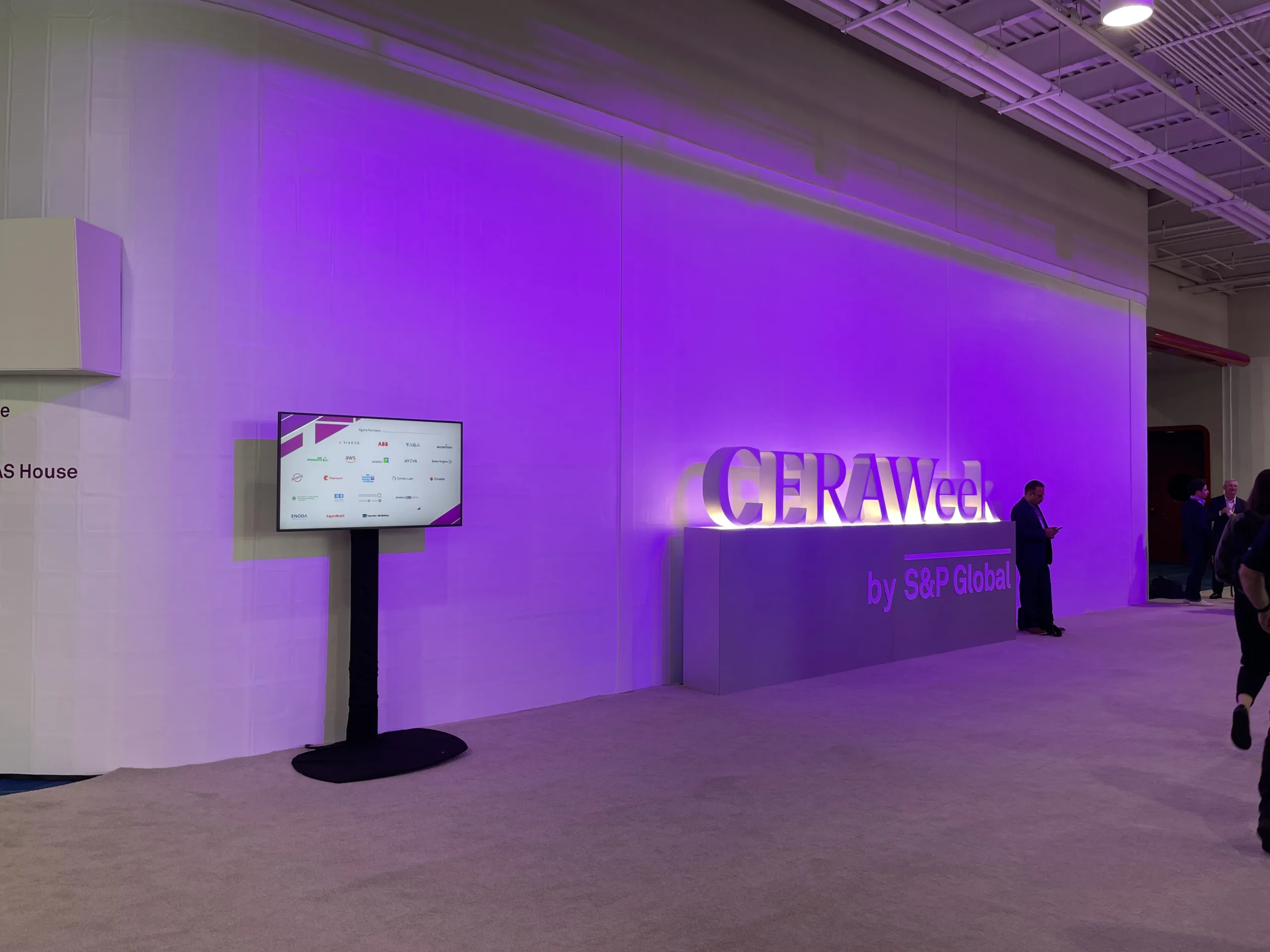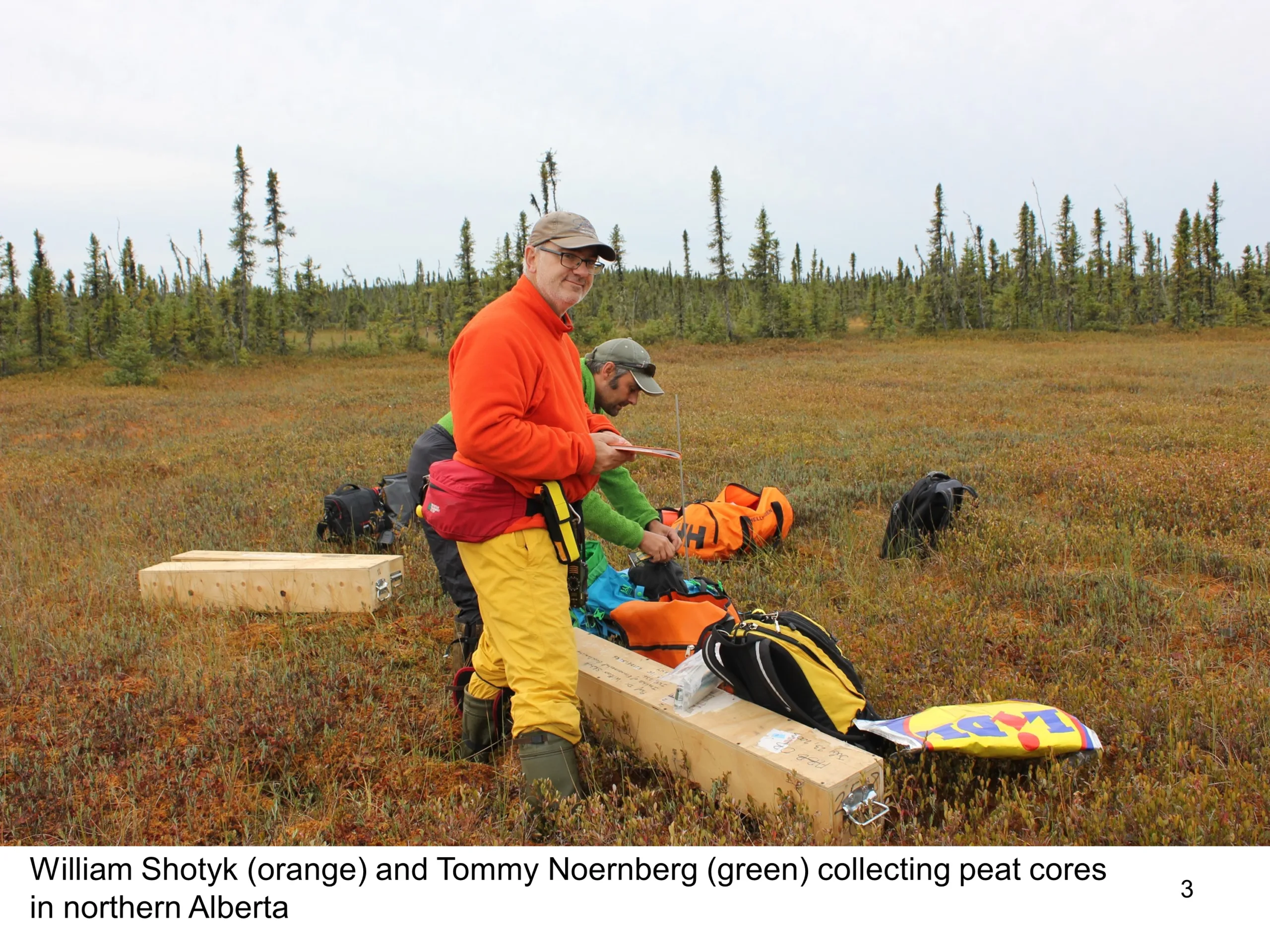Thinking small can solve big industry challenges

While “go big or go home” may be good advice in some cases, if you’re developing cutting-edge technology to solve today’s big challenges, you may be better served by thinking small. Really small.
Nanotechnology focuses on manipulating matter smaller than a billionth of a metre. To put that in perspective, a sheet of paper is about 100,000 nanometres thick.
“We now have tools that are capable of designing materials or devices at the resolution that was simply impossible a few years ago,” said Frank Gu, an NSERC Senior Industrial Research Chair and collaborator with COSIA, the innovation arm of Pathways Alliance. “These materials can perform functions in ways that are not visible to the human eye, even with a microscope. What they can potentially do for health and the environment is exciting.”
Gu spun off early research at the University of Waterloo to form a clean tech company called H2nanO. Now he and his team are focused on improving quality of life through developing and optimizing nanotechnologies with real-world applications. These include SolarPass™, which uses a nanomaterial that floats on water.
Activated by sunlight
When the material is activated by sunlight, it creates a very powerful oxidant that breaks down hard-to-degrade organic compounds, like the naphthenic acids found in oil sands process water. What is really exciting is that this is a passive process. It duplicates conventional water treatment processes which use chemicals and energy. By contrast, the SolarPass™ process uses no additional chemicals or energy.
“The strength of this technology is that it works as long as there is water, air and sunlight nearby. Because it sits on the surface of water like a floating blanket, it becomes a modular approach to treating water on large surfaces. This would be impossible or economically not viable to do through active treatments using electricity or chemicals,” Gu explains.
Water becomes non-toxic in days
Gu began working with COSIA after he submitted the idea for SolarPass™ through the Environmental Technology Assessment Portal. COSIA staff facilitated discussions with Pathways Alliance members, which culminated in a pilot project treating oil sands process water.
Pathways Alliance members recognize that no single technology will solve the entire emissions challenge and they are pursuing dozens of innovative technologies to reduce emissions as part of a multi-phase plan achieve its goal of net zero emissions by 2050.
So far, SolarPass™ is proving to be an effective treatment system that requires less power and is less expensive than other treatment systems. It’s also fast, as the treated water becomes non-toxic to aquatic life in a matter of days.
Potential to reduce emissions
The pilot project has also identified a very interesting expansion path for the technology – the prevention of greenhouse gas and other air emissions. As SolarPass™ floats on the water surface, it can act as a reactive barrier that intercepts any volatile gases that bubble up. In this way it serves as the last line of defence for reducing emissions going into the atmosphere, Gu explains.
Building on the momentum of the successful pilot, Gu anticipates SolarPass™ will reach a full-scale commercial pilots in 2023-24, the last step to prove out a water treatment technology. He foresees the technology also being applied in industries that manage noxious fumes or treat large amounts of water, including power generation, mining and agriculture.
Canadians can learn more about Pathways Alliance’s plan and its unprecedented level of collaboration to develop and deploy technologies to reduce emissions by visiting https://pathwaysalliance.ca.


